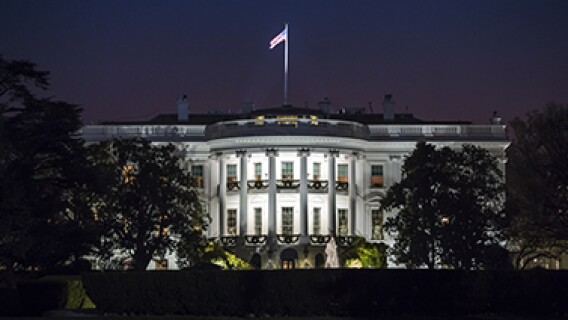Joe Biden has emerged as the favorite to win in November. Regardless of how you feel about that, here’s how to hedge it - and profit from it.
The rising coronavirus numbers are currently getting most of the attention in the stock market, but the changing odds of who will win this November’s presidential election are surely going to be market moving in the weeks/months to come. Joe Biden’s odds of victory have risen to 62% (according to the betting markets), and investors are starting to wonder what a Biden presidency would mean for the stock market.
Now before I dive too deeply into the political landscape please know I will never give you my own opinion on political issues as my personal thoughts/beliefs do not matter to you. Instead, I wanted to share with you a couple of bearish ideas for hedging your portfolio or playing a downside market move based on a Joe Biden or Donald Trump victory.
[text_ad]
Though the results of the election are still to be determined, as is often the case when the narrative/odds change before an election, traders often position to get ahead of a potential outcome.
How to Hedge the Presidential Election with Options
If I was concerned with one outcome or another and wanted to hedge my portfolio risk, I might look to buy a put option that would give my portfolio bearish exposure in time for the election. For example, I could:
Buy to Open the S&P 500 ETF (SPY) November 320 Puts (expiring 11/20/2020) for $15.
The most I could lose on this trade is the premium paid for the put, or $1,500 per put purchased, if the SPY were to close above 320 on November 20. However, if the market declined meaningfully this put option would explode in value.
Or, if I wanted to hedge the Nasdaq for the presidential election, I could:
Buy to Open the Nasdaq ETF (QQQ) November 260 Puts (exp. 11/20/2020) for $14.
The most I could lose on this trade is the premium paid for the put, or $1,400 per put purchased, if the QQQ were to close above 260 on November 20. Similar to the SPY trade, if the market fell this put option could be sold for big profits.
Similarly, you could play upside/downside moves in specific stock market most likely to be impacted by a win by one party or another by buying calls (bullish) or puts (bearish) in the November expiration cycle. For example, one might assume the Healthcare (XLV) and Financials (XLF) sectors will be volatile based on the election results, and buying calls/puts could potentially be very lucrative if you were to pick the right candidate to win.
For example, if I thought the XLV will be trading higher based on the presidential election, I could:
Buy to Open the Healthcare ETF (XLV) November 104 Calls (exp. 11/20/2020) for $5.
The most I could lose on this trade is the premium paid for the call, or $500 per call purchased if the XLV were to close below 104 on November 20. Should the XLV trade higher my calls would have big upside profit potential.
While many TV pundits and hedge fund titans have made dire predictions of the market falling 40%-50% on a Joe Biden or Donald Trump presidential victory, I would recommend largely ignoring the noise and political theater over the next several months and instead focus on the actual price action of leading stocks and the stock market.
[author_ad]
*This post has been updated from an original version.


